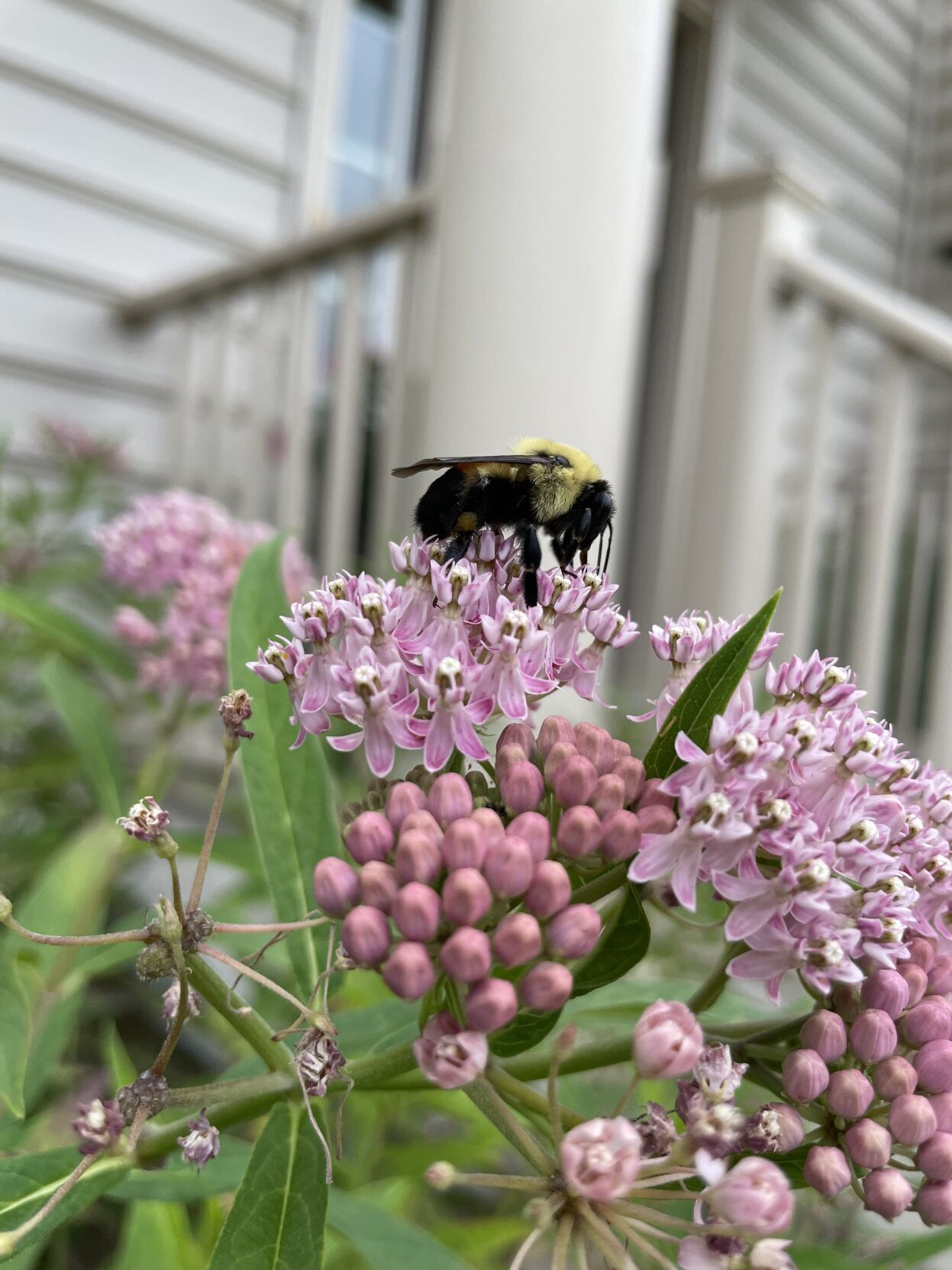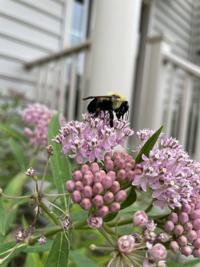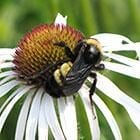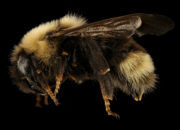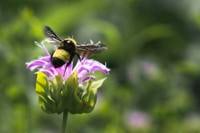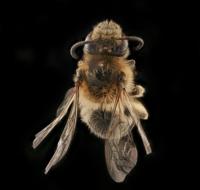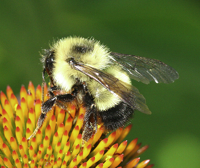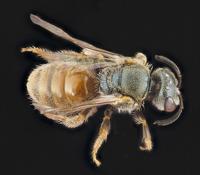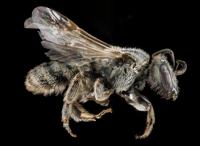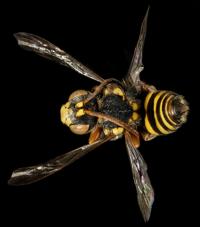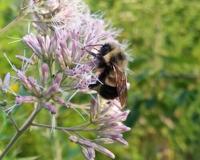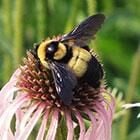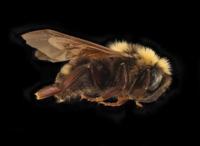DELAWARE - Bees are in crisis in Delaware and worldwide. Flower-visiting insects account for 50 percent of all insect extinctions and many other species are in danger of becoming extinct.
Delaware is home to over 250 species of native bees and wasps. Of those 250 species, 11 are listed as “Species of Greatest Conservation Need”. 7 of those 11 bee species are types of bumblebees and the other 4 are ground-nesting, solitary bees.
Delaware Bee Species of Greatest Conservation Need
11 of Delaware's over 250 native bee species are considered to be "Species of Greatest Conservation Need".
The decline in bee populations has been a result of many different factors. Intensification of agricultural practices, increases in pesticide usage, climate change, and habitat loss and fragmentation from development are believed to be the cause of many of the bees problems. Parasite introduction by non-native honeybees has also resulted in some losses in bee populations.
Delaware has been monitoring the health of honeybee hives throughout the state to prevent the further spread of a parasite known as a Varroa mite. These mites can spread to native bee populations causing losses, which are still being researched.
Success! An email has been sent to with a link to confirm list signup.
Error! There was an error processing your request.
There are also ways for people at home to help save the bees. Decreasing the use of pesticides is one way that bees can be helped. Bees tend to get bad wraps, but almost all of them are docile and will not sting unless being threatened. Another is increasing the nectar supply in your yard.
It is also important that people introduce flowers into their yard which provide a lot of nectar.
"Habitat connectivity is a very important thing. If you put a little tiny pollinator garden in your front yard, it may not seem like a lot of habitat, but it might be enough to provide a corridor to connect pollinators to another patch of habitat," explained Emily Wine, Delaware's state apiarist.
Some of the best plants to add to a landscape are native plants, like bee balms, milkweeds, and shrubs, like swamp rose.
Flowers aren't the only important thing to think about when adding bee habitat to your yard. A large amount of native bees are ground nesting or cavity nesting. This means the bees need the ability to either access the ground or have stems leftover to nest in. The best ways for people to help these bees nest is by forgoing the use of landscape fabrics which prevent the ability for the bees to dig and to leave the old stems from last years flowers.






